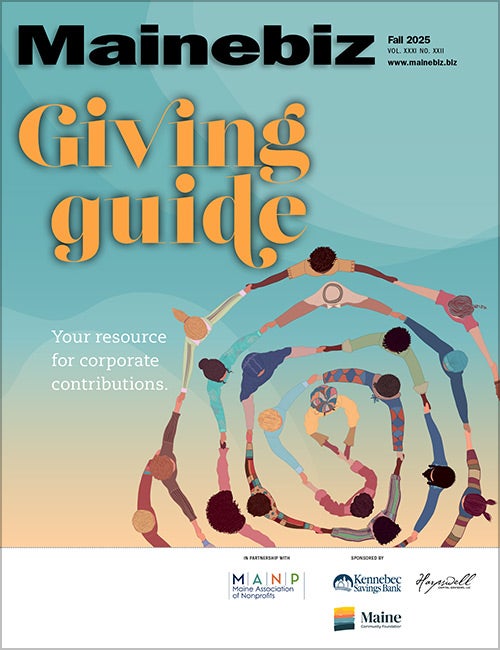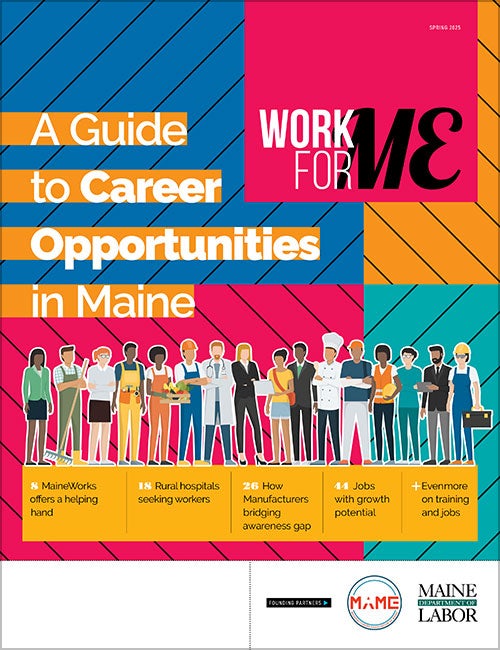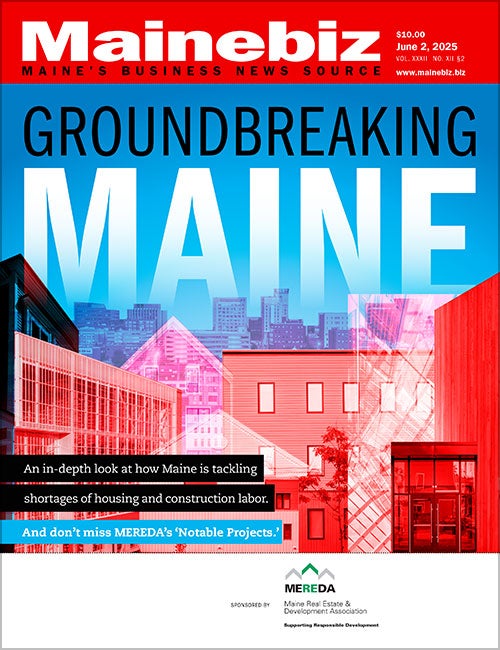
How to build a referral outreach program that supports business growth
Even in today’s digital-first marketplace, referrals remain one of the most effective and credible ways to grow a business. That’s especially true in industries where trust, relationships and reputation drive buying decisions.

While many business owners focus their marketing efforts on attracting end users or customers, fewer take a strategic approach to engaging the people who influence those buying decisions behind the scenes — their referral sources. As you plan for the year ahead, now is a smart time to formalize or revisit how you nurture the professionals who regularly recommend your work.
Start by identifying your referral audiences
Business owners are usually familiar with the idea of segmenting audiences when it comes to customers, but many don’t apply that same discipline to referral audiences. In reality, these partners often deserve their own strategy.
Take a health care organization, for example. They may serve multiple audiences — patients, families, insurers and community organizations. But referral sources such as primary care providers or social workers play a key role in directing new patients toward the organization’s services. Without intentional outreach to these groups, that pipeline can shrink.
The same applies across industries. A real estate law firm might benefit from strong relationships with commercial brokers or lenders. A professional coaching firm could see a steady stream of referrals from HR professionals or leadership consultants. The first step is identifying who regularly influences your prospective clients — and whether they understand what you offer and who you’re best suited to help.
Build outreach around how your referral sources engage
The next step is to consider how referral sources prefer to engage. The answer can vary significantly depending on their profession, age, geography or even industry culture.
Some professionals value face-to-face meetings or informal networking, while others may respond better to occasional email updates, educational webinars or collaborative opportunities with trade associations. Understanding how your referral sources stay informed — and what they care about — will help shape outreach that resonates.
For example, an architecture firm might build visibility and credibility among general contractors by co-hosting an educational breakfast series or project tour. A financial services company might find value in sending a quarterly update to accounting firms that often refer their clients. The key is to meet referral sources where they are and offer something they genuinely find useful.
Offer something of value to strengthen the relationship
Referrals are about trust, and trust is built through mutual value. When referral sources feel supported and informed — not just contacted when you need a favor — they’re more likely to continue sending qualified leads your way.
One way to build that relationship is by offering tools, insights or opportunities that enhance their own work or reputation. This might mean sharing timely resources they can pass on to their clients, spotlighting their work in your marketing content or finding ways to collaborate on events or initiatives.
The goal is to ensure your outreach feels helpful, not transactional.
Set up a system to track what’s working
Many businesses miss the opportunity to evaluate the impact of their referral sources. Too often, they rely on memory or assumptions about where new leads are coming from.
To build a more effective program, it helps to implement a simple system for tracking referrals. That might include documenting who referred each new client, creating a field in your CRM to log that information or periodically reviewing your top referral sources to understand what’s driving the most meaningful connections.
Even a basic tracking process can help you identify patterns, spot opportunities for follow-up and focus your energy on the relationships that are consistently contributing to growth.
Nurture your best referral relationships
Once you know who your strongest referral sources are, the final step is to make sure they feel appreciated and supported over time. A thank you message after a successful introduction, an invite to an event or a shared marketing opportunity can go a long way in maintaining trust and engagement.
It’s also worth exploring whether there’s a natural way to reciprocate. When businesses refer each other clients — and feel good about doing so — the relationship strengthens organically. Even if referrals don’t flow equally in both directions, the act of staying connected and showing appreciation helps keep your business top of mind.
Make referrals a year-round strategy
As the business landscape continues to shift and competition grows, referrals remain a powerful and efficient growth strategy. But they don’t happen by accident.
By identifying your key referral sources, engaging them on their terms, and building long-term relationships rooted in mutual value, you can create a steady pipeline of high-quality opportunities.
The best part? Unlike many lead generation tactics, a referral program doesn’t require a huge budget — just consistency, clarity and a focus on relationships.












0 Comments